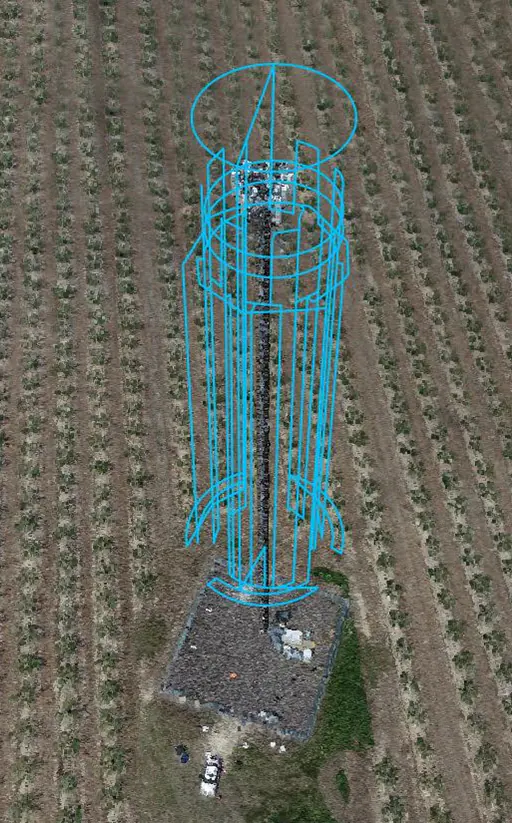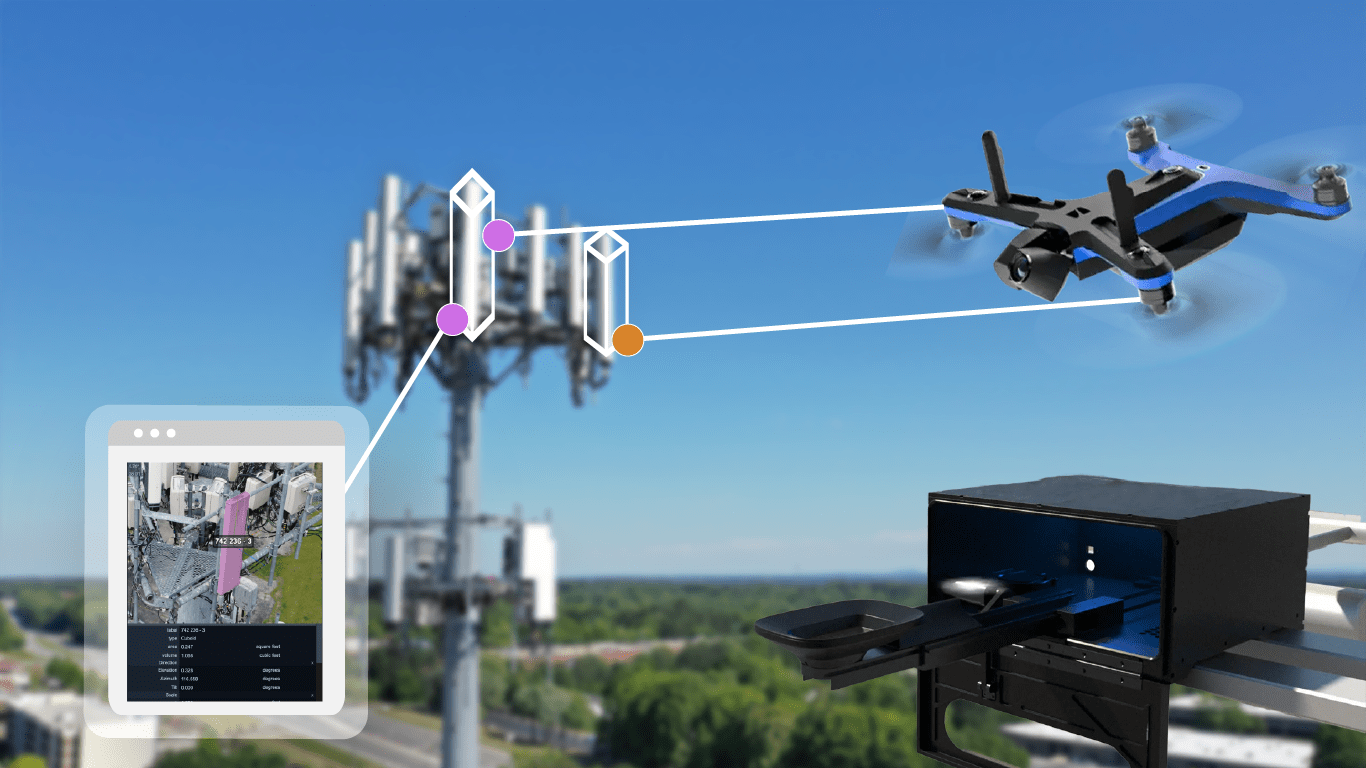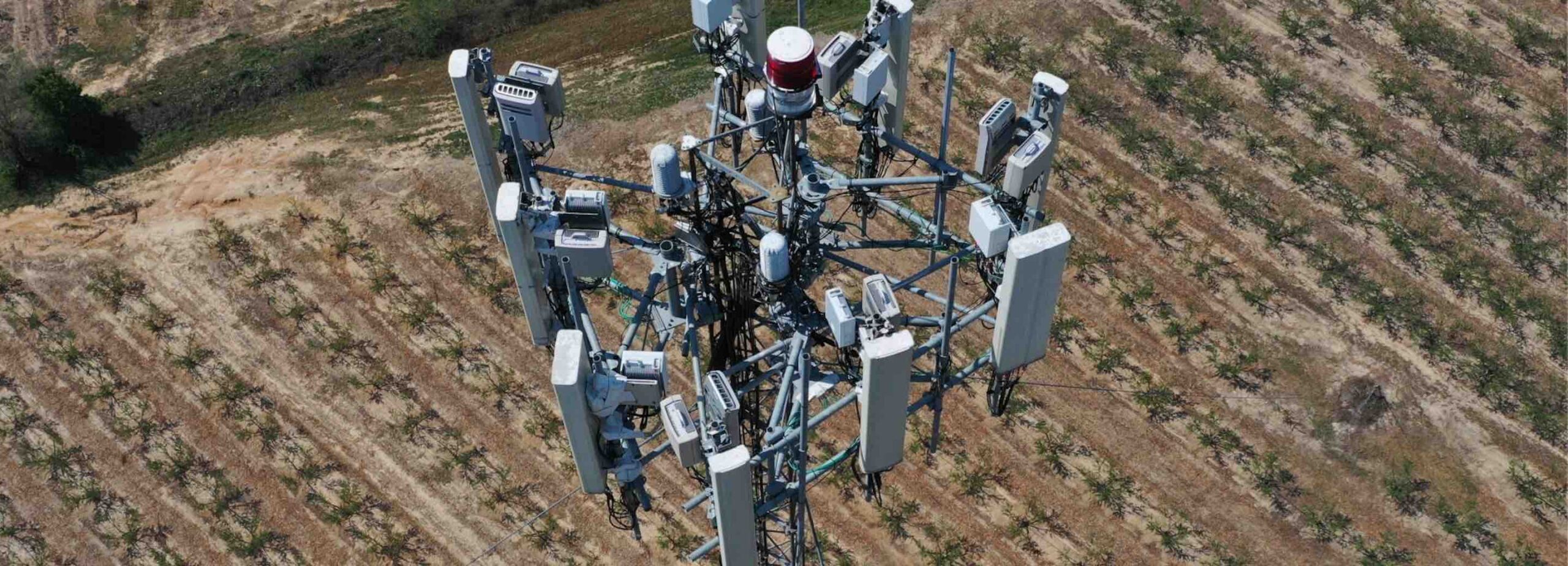The use of drones in the tower industry is growing quickly for network operators, tower engineers, tower owners, and tower climbers. This is being driven by a shortage of skilled resources combined with downward pricing pressure on builds, maintenance, and modifications. At the end of the day, drones will not replace engineers nor tower climbers. Instead, they are enabling them to work faster and more efficiently. In fact, with 5G bandwidth and beyond, drones could end up providing additional work and revenue streams for these stakeholders.
Drone adoption is happening exponentially as the cost of drones decreases each year and the technology continues to evolve to provide autonomous flight, collision avoidance, auto landing, and drone-to-drone or drone-to-plane communications. Companies large and small seek ways to collect data faster, lower risk and cost, and create solutions built to accommodate both hardware and software. Keys to driving the first wave of adoption were automated flight applications, reliable and affordable hardware, and Federal pilot licensing.
What began as a method to strictly collect images is now recognized as a valuable data analytics tool. Data analytics is driving the second and larger scale phase of drone adoption. Drone imagery combined with the right Tower Analytics software provides significant value and savings to the entire tower lifecycle. Examples include site selection, inspection and auditing, automated antenna detection, pre- and post modification activities, and fully automated mount mappings.

5G cellular networks are spreading across the United States. However, there is a significant shortage of professional installers or “tower climbers.” NATE members recognize the labor shortages and FCC commissioner Brandan Carr says 20,000 additional tower climbers and telecom techs are needed to complete this U.S. 5G buildout. Forward thinking engineers and tower climbers are leveraging drones and data analytics to reduce the data collection timeline and conduct structural analysis. With automated flight, high resolution imagery, AI-driven analytics, and accurate reporting, drones provide an opportunity to virtually visit the site, take real measurements, and perform real inspections. The drone data is easier to collect, digitized from the start, and generally more consistent and robust. This cuts down or eliminates “fat finger” mistakes and allows tower analytics to be shared quickly to multiple stakeholders in multiple digital formats.
Will drones put tower climbers out of a job?
No
Electronic nail guns didn’t put roofers out of business, rather, it made their job easier and faster. Drones can replace or augment mundane and tedious tasks, allowing tower climbers to focus on higher value work, such as tower builds, modifications, and additions. A pre-tower climb drone flight can also enhance the climbers’ job by providing the ability to inspect parts of the climbing apparatus, search for dangerous or protected wildlife, and determine if a tower is climbable.
There are over 300,000 licensed commercial drone pilots in the US and this number is growing. Many tower climbers are obtaining their FAA 107 license to fly drones legally since equipment costs are low, online and in-person training courses are inexpensive and efficient, and climbers can augment or replace some climbing tasks. Additionally, licensed drone pilots have demonstrated their desire to learn to open cabinets, measure coax, and work on ground-based inspections, which eliminates truck rolls and provides data for the entire site.
Tower climbing can be a low margin, difficult exercise that takes weeks to deploy. Licensed drone pilots are available in all 50 states and able to deploy in days instead of weeks. A drone pilot typically collects 800-1200 4K photos of the tower and associated ground space, but could collect an unlimited number of images. By contrast, Tower climbers are physically constrained by the climbing apparatus on the images they can collect. Drones can eliminate the need for return site visits, or multiple vendors going to the same site. Drone image capture coupled with analytics software provides more robust data for tower analytics. For example, the drone eliminates the need for a crane or lift to see hard to reach stealth pole enclosure measurements and rooftop installations. Furthermore, ground control points used during the flight provide more accuracy and consistency than a tower climber “dropping a tape measure” or using a handheld laser measuring device.

Additionally, automated flight software brings a consistency of data collection from site to site. One drone pilot can provide the same or more data as two tower climbers. They can analyze more towers in a day, significantly reducing the cost of deployment and data collection. The drone imagery is digital from the start versus hand drawn stretches. With the right Tower analytics software you get the ability to identify, highlight, and measure structural members, antennas, radios, and more, with the ability to take accurate measurements on a 3D model. This software also provides the ability to share data across teams or vendors and export to common CAD or other file formats.
Drones Will Be Augmented by 5G

As much as drones are adding velocity to the 5G rollout, the widespread deployment of 5G bandwidth will also improve drone performance. Drones have already revolutionized several industries such as military operations, security, search and rescue, and inspections. Drones will gain a new level of connectivity at an increased bandwidth and low latency.
5G’s bandwidth provides drones the ability to upload cloud imaging in real time, fly in GPS denied environments, and react faster to ground based instructions. Telecom providers will benefit from new opportunities to deploy self-flying, self-charging drones housed at towers and assets they refer to as “drones in a box”. These drones will be deployed for tower maintenance inspections, public safety assists, and localized inspections of all types. They can also augment public safety by traveling to an accident, incident, or fire before first responders and giving them “real time eyes” in the sky. The drones in a box will become mainstream, integrate with general aviation, and add the ability to fly in any weather and beyond line of sight.

Imagine a scenario where a tower could deploy its drone to see if a tower has sustained damage after a storm. Or a 911 operator could see an incident in real time to dispatch the best response. Tower technicians and engineers will find new revenue streams installing, testing, deploying, and maintaining this new drone hardware. Drone hardware, flight software, and analytics companies will continue to be an important part of the telecommunication ecosystem.
In conclusion, every stakeholder in the telecom ecosystem should investigate how drones can lower their cost, speed up their deliverables, reduce risk, and provide additional revenue streams. Stakeholders should consider how to fully integrate drone analytics into workflows to reduce time, increase data and accuracy, provide significant savings, and as a result increase the amount of business they can perform. There are a lot of parallels between the adoption of drones and cell phones. The impact of faster processors, better sensors, and higher bandwidth are producing new and more efficient business solutions. The future of drones is bright, for those who operate them, and the companies that provide analytics from them.
Article originally published on Nate Tower Times.
The Digitization of the Tower & Roofing Industry
Want to see how augmenting your resources with drone automation will impact your business?



